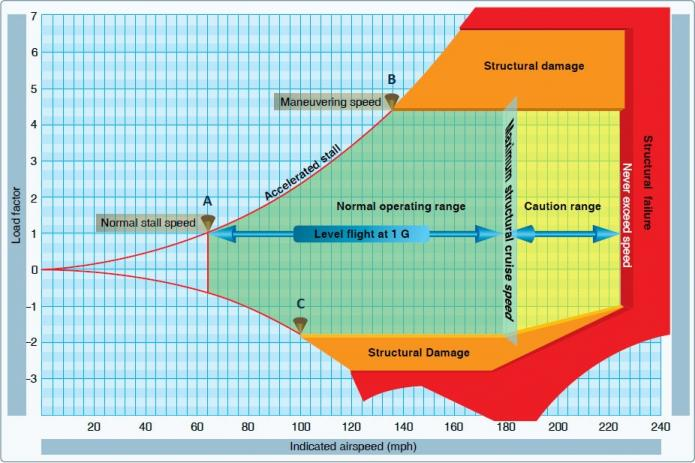

How high is the safety coefficient of a new aircraft? Is its performance consistent with the initial design? What aspects still need improvement? We can rely on extensive ground testing to find relevant answers, but the ultimate proof still depends on flight testing. For commercial aircraft manufacturers, flight testing is a core capability, and both Boeing and Airbus, the world’s aviation manufacturing giants, have invested heavily in building professional flight test teams. For example, during the grounding period of the well-known Boeing 737 MAX aircraft, Boeing conducted nearly 500 flight tests, highlighting the significant importance of flight testing in the commercial aviation industry. As data rapidly accumulates during the flight testing process, the industry’s demand for storage, querying, and monitoring of massive data has also increased.
Test Flight Data Fits Into TSDB Storage
Flight test data is the time history of various flight parameters, such as speed, altitude, engine speed, etc. In fact, there are strict restrictions on aircraft flight, which is called the flight envelope in the industry (as shown in the figure below). If these envelope limits were exceeded, the aircraft could lose control, with disastrous results. The main task of the test flight is to explore the red line boundary, that is, to approach or even break through this curve.


Flight test data requires high disk storage space. Its parameter points can reach tens of thousands, and the data to be processed in one test flight will also reach hundreds of thousands, while the order of magnitude to be received and processed by the data center will reach millions. At the same time, flight test data also has high requirements for queries. Because it needs to provide support for business departments to retrieve, monitor, and manage data, it has high real-time requirements, and its sampling cycle frequency is generally at the millisecond level. Therefore, only a time-series database with high write, high compression ratio, and fast query capability can meet the requirements of its scenario.
TSDB-based monitoring application
In flight test applications, if we use traditional relational databases to draw trend curves, the minimum sampling period is generally 1 minute. Such a sampling period is too long, and the precision of millisecond-level sampling period is too low for civil aviation test flights, which is not conducive to Data research and analysis. In fact, the data acquisition and storage period in the flight test is generally at least 1 second, or even shorter. The sampling frequency is generally above 8Hz, and the sampling parameters reach tens of thousands. If we take 90,000 parameters as an example, and the sampling frequency of each parameter is 50Hz, the data storage capacity per second will reach: 90,000×50×1=4,500,000 points. With the increase of flight time, the amount of data generated is massive, and the database will definitely have an allowable design. Faced with such a high demand for massive data storage and such a high sampling frequency, in order to meet the high-density and high-precision monitoring requirements, TSDB is currently the best choice for flight test monitoring storage. The monitoring trend curve formed by it is not only smooth and beautiful, but also can reflect the real-time changes of data more completely, and is also conducive to subsequent research and data analysis.